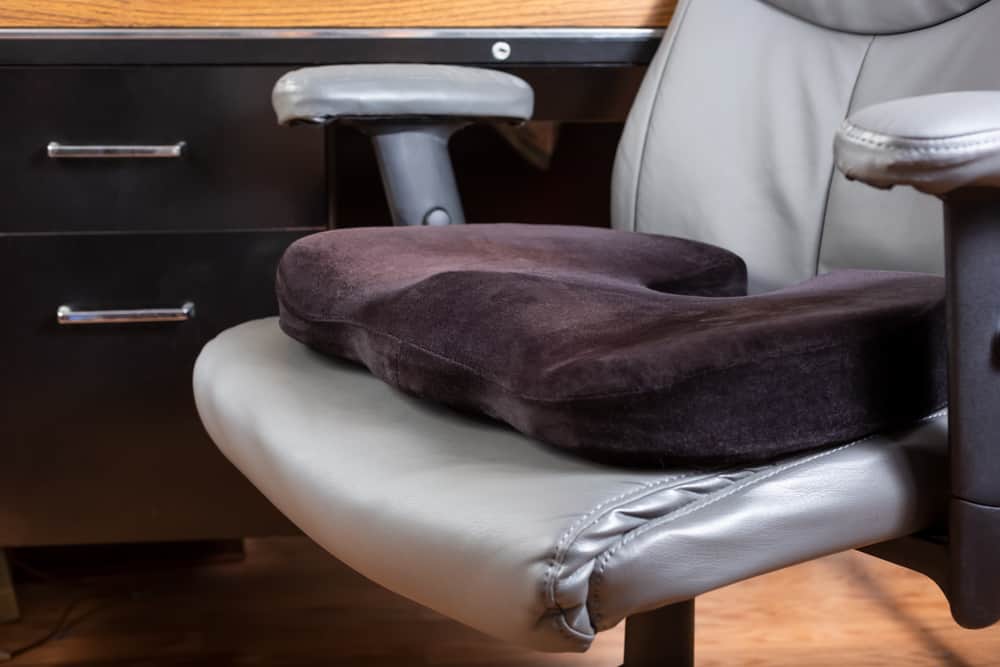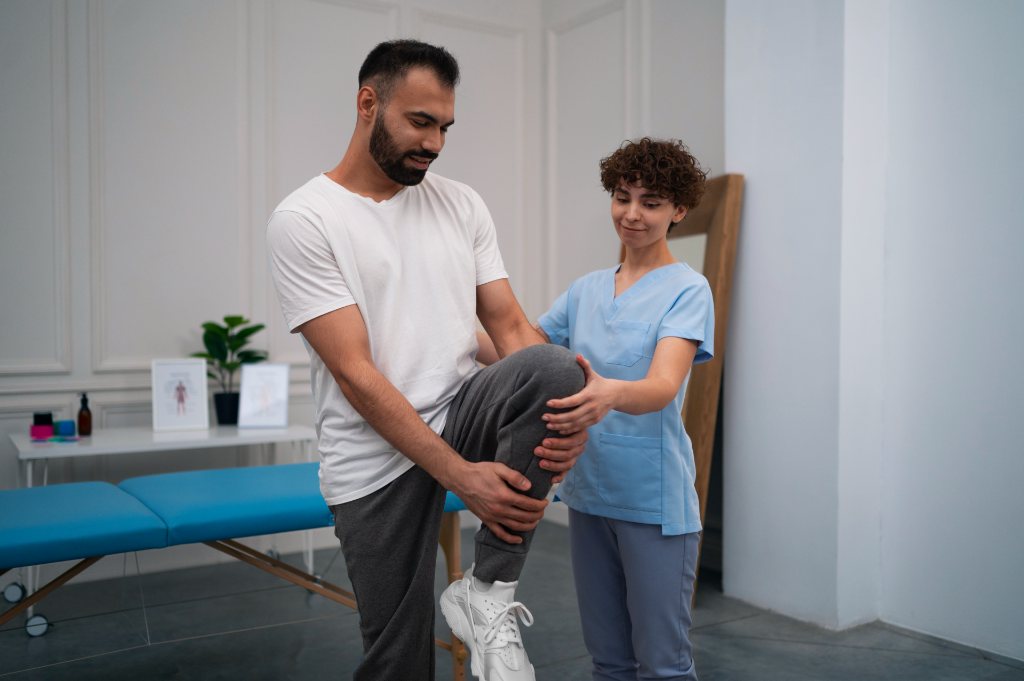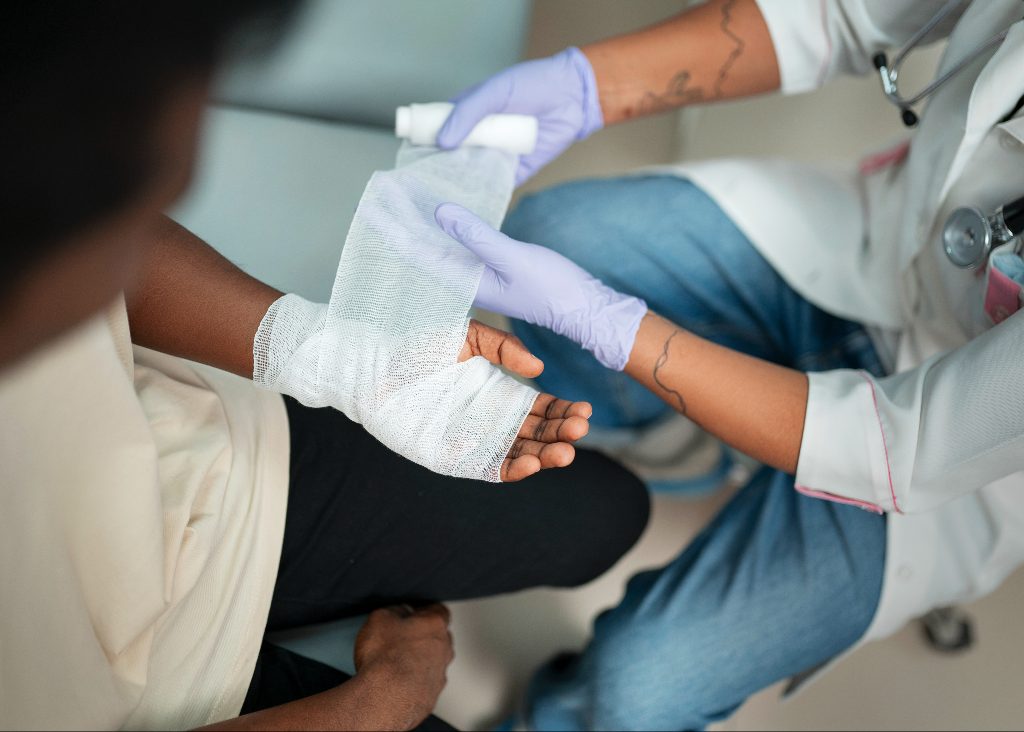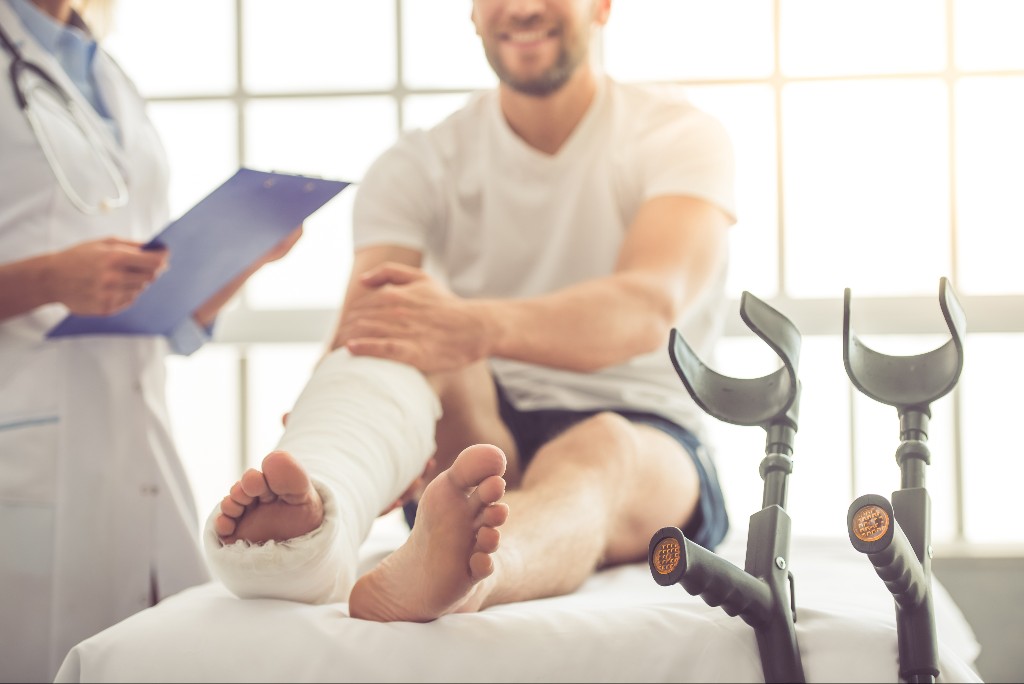Tailbone pain can be extremely frustrating because it can affect you when you sit down, stand up, or even turn your body the wrong way. What may seem like a mild discomfort after sitting on bleachers for a long sports game can turn into a nightmare when you start experiencing that pain while going about your daily activities. There are many reasons for tailbone pain and an orthopedic clinic can help diagnose and treat your tailbone pain through a combination of care from Atlanta orthopedic doctors, chiropractors, physical therapists, and neurologists for a comprehensive approach to your tailbone pain.
The medical term for tailbone pain is coccydynia and the tailbone is known as the coccyx. Whether your tailbone is bruised or broken, here are six common causes of coccydynia or tailbone pain.
Poor Posture
We have all been told to sit up straight and have heard the concerns about hunching over our computers for long hours, but did you realize poor posture can also lead to tailbone pain? Sitting in a desk chair that allows you to slouch forward or lean in an awkward position for too long can allow for too much pressure on your tailbone. While you may initially find the position comfortable, your tailbone will let you know just how much your body did not appreciate the position. If you find yourself in the car for a long period of time, you may need to adjust your seat to more effectively support your spine in a healthy posture.
Sitting
Poor posture while sitting isn’t the only way to cause tailbone pain – in fact, simply sitting can cause intense discomfort, especially if you already have experienced a tailbone injury. Generally, when sitting on a hard surface you might experience a mild discomfort and want to move around a bit every now and then to shake it off. However, when taking short breaks doesn’t alleviate the pain then there may be something more serious going on with your tailbone. Short term solutions can include finding softer, more cushioned places to sit and avoiding hard seats when possible.
Falling
If you have ever slipped and fallen on your backside then you likely know what it is like to injure your tailbone. The impact of the fall can send a jolt of pain from your tailbone up through your back and cause lingering pain afterward. While a bruise doesn’t sound like a serious injury, a bruised tailbone can feel like one when it affects your ability to sit and stand without experiencing significant discomfort every time. A really bad slip and fall can also break your tailbone or even knock it out of place.
Repetitive Strain
Some activities can lead to tailbone pain because of the repetitive pressure placed on the tailbone. For example, rowing and bicycling are two activities done from a sitting position where their repetitive rowing motions and reliance on a small seat for shock absorption can lead to pain in the tailbone. Both sports require your upper body to place a significant amount of pressure on the tailbone and this can lead to strains in the tissues surrounding the tailbone or bruising of the actual tailbone. The muscles surrounding the tailbone can also become strained or stretched, which can negatively impact their ability to help hold the tailbone in place.
Childbirth
Many women are not aware of the affects pregnancy and childbirth can have on the tailbone until they experience it. Throughout pregnancy, more and more pressure is placed on areas where it previously was not, including the tailbone. Additionally, as the body prepares for childbirth the lower spine and tailbone become more flexible, which can allow it to more easily bend or move out of place. The act of childbirth itself can also lead to a tailbone injury depending on certain positions and other factors during the delivery.
Weight Loss
A less commonly known reason for tailbone pain can actually be significant weight loss. When someone loses a substantial amount of weight, this can affect the padding around your tailbone, causing you to experience more discomfort when sitting on hard surfaces or in uncomfortable positions.
An orthopedic clinic offers a comprehensive approach to diagnosis, treatment, and care for those dealing with tailbone pain. Orthopedic doctors can use state-of-the-art diagnostic imaging tools to provide X-rays of the tailbone and CT scans to identify any surrounding soft tissue damage. Chiropractors offer non-invasive and gentle adjustments to realign the tailbone with the spine to relieve pain. Physical therapists utilize stretches, exercises, and massage to help strengthen and relax the surrounding musculature. Contact AICA Orthopedics today to learn more about how an orthopedic clinic can provide a holistic, personalized approach to your tailbone pain.





